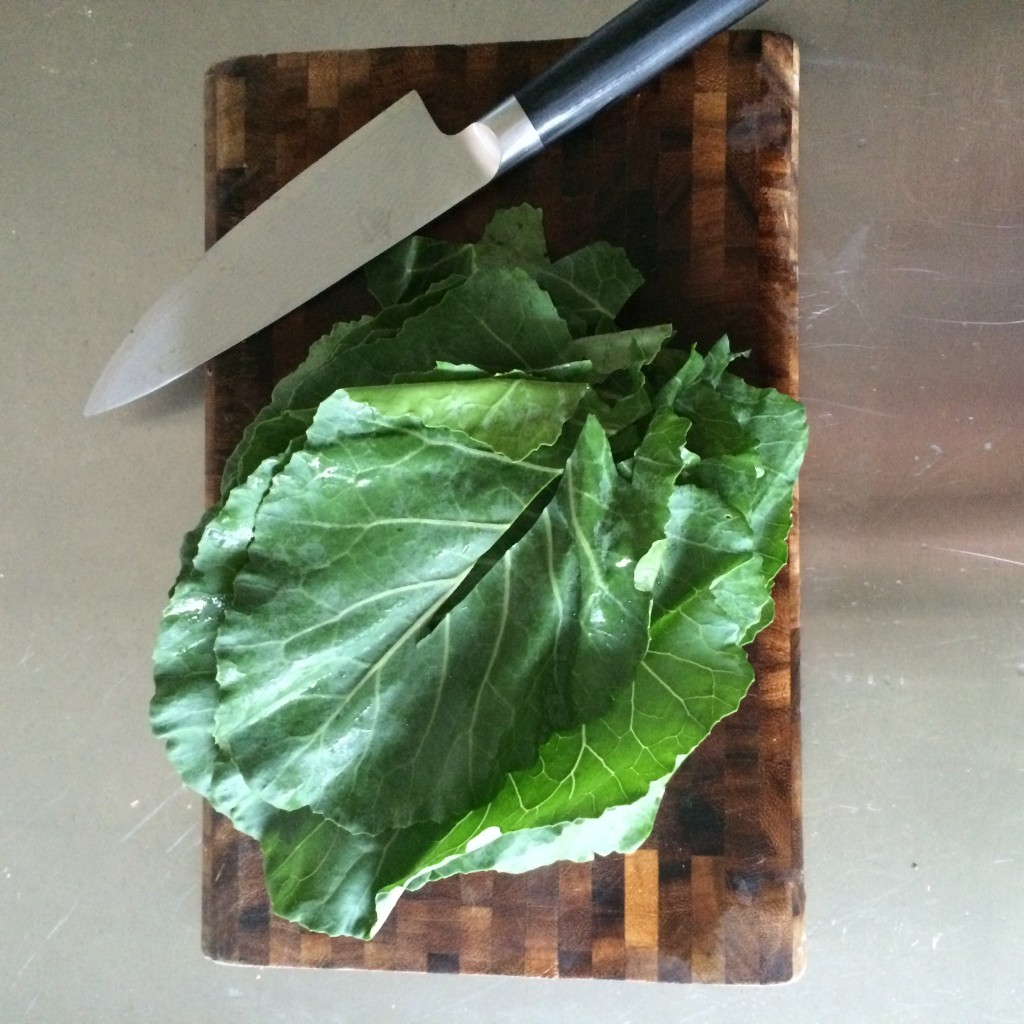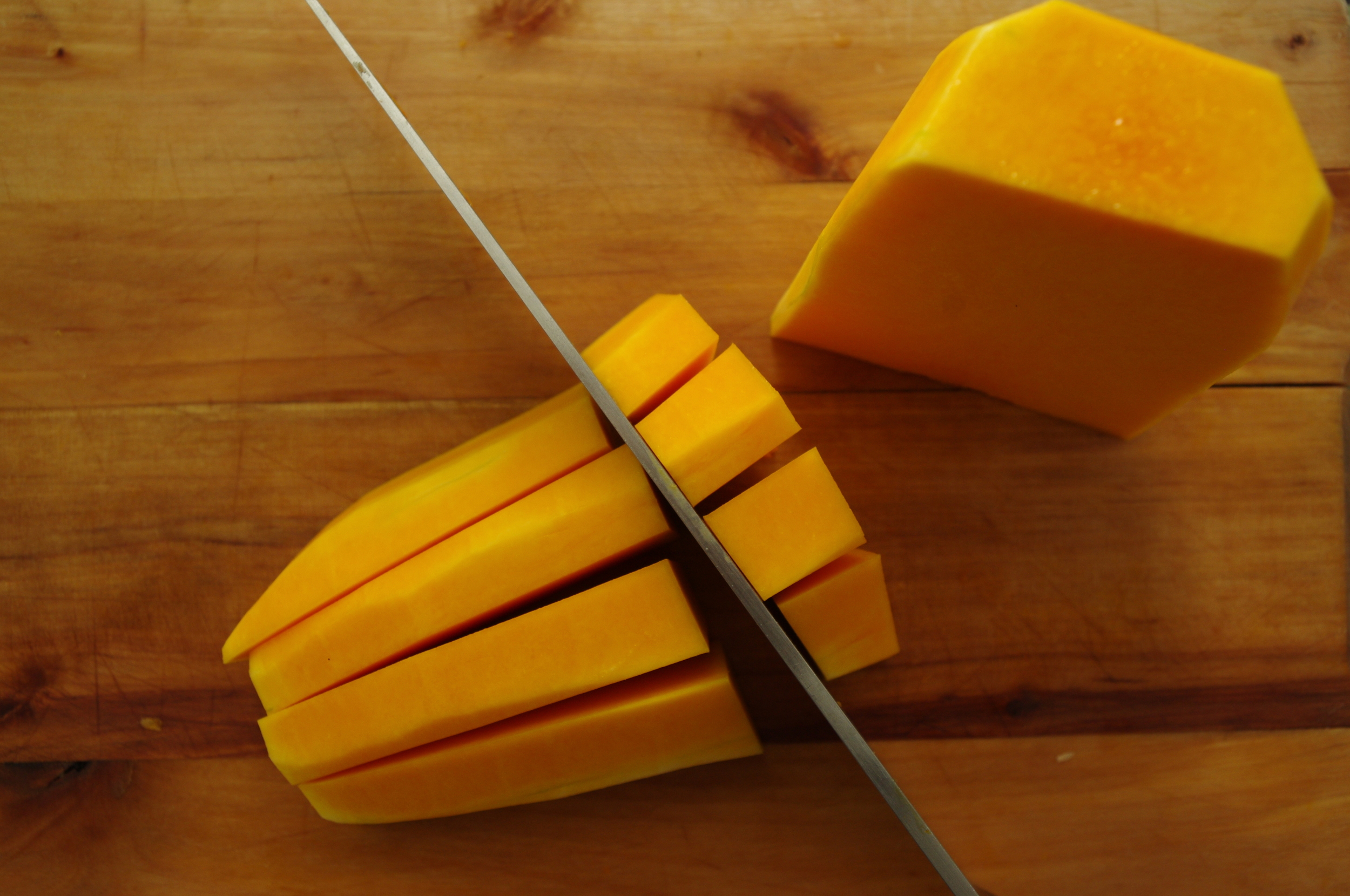Often, when we think of collards in the South, the first image that comes to mind is of a large pot of greens cooked for hours with ham hocks and / or bacon. While these can be delicious, the long cooking time diminishes some of the natural nutritional value found in collards (not to mention being tough to accomplish on a busy weeknight!). This recipe offers an alternative that increases both speed and nutritional value while maintaining the depth of flavor we all want in our collard greens.

Recipe adapted from Hugh Acheson's The Broad Fork
Ingredients:
1 lb. collard greens, ribs removed
2 garlic cloves, thinly shaved
1 tablespoon unsalted butter
1 medium yellow union, cut in small dice
Kosher salt, to taste
Fresh cracked black pepper, to taste
1 tablespoon molasses
2 tablespoons apple cider vinegar
Method:
Stack the collard greens on top of each other, roll them up, and slice the roll into 1/2 inch wide strips. Submerge the greens in a bowl of cold water then transfer to a colander to drain. Once the collard greens have drained for a few minutes, lay them out on paper towels and dry completely.
In a large sauté pan, slowly sweat the garlic in the butter over low to medium-low heat. When the garlic is very aromatic, add the onions. Season to taste with salt and pepper, and sweat for 15 minutes or until translucent and soft but not brown.
Raise the heat to medium, add the collard greens and cook, stirring occasionally, for 7-10 minutes, or until the start to soften. Stir in the molasses and cider vinegar and continue cooking for 10 more minutes, or until the collards are tender but still have some chew. Adjust seasoning with more kosher salt or pepper, as needed, and serve.













